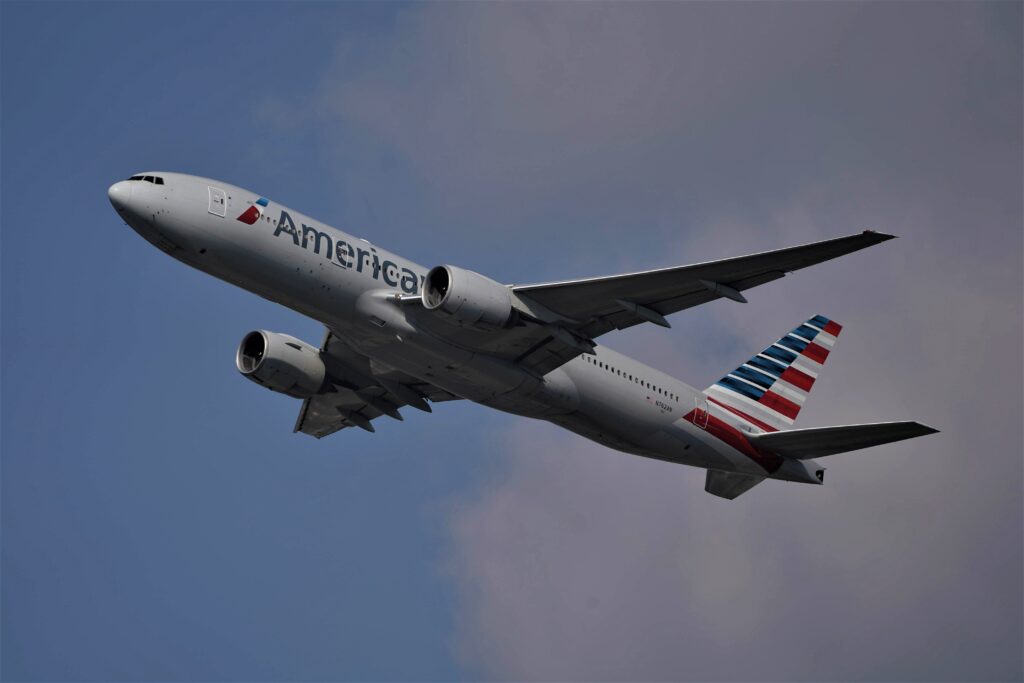The takeoff speed of a Boeing 737 can vary depending on a number of factors, such as the weight of the aircraft, altitude of the airport, and weather conditions. However, the typical takeoff speed for a Boeing 737 is between 130 and 160 knots (approximately 150 to 185 miles per hour) depending on the model of the aircraft.

Before an aircraft takes off, it must first accelerate down the runway until it reaches a speed at which it generates enough lift to become airborne. This speed is known as the “takeoff speed” or “rotation speed,” and it varies depending on the weight of the aircraft, the runway length, and the environmental conditions.
To understand the factors that affect takeoff speed, it is important to understand the physics of flight. The force that allows an aircraft to fly is called lift, which is generated by the wings as they move through the air. In order to generate lift, the wings must be angled upwards relative to the airflow, which is known as the angle of attack. The angle of attack is controlled by the elevator at the rear of the aircraft, which is controlled by the pilot.
As the aircraft accelerates down the runway, the wings begin to generate lift, and the angle of attack gradually increases. When the aircraft reaches its takeoff speed, the pilot pulls back on the control column, which raises the elevator and increases the angle of attack. This causes the wings to generate even more lift, and the aircraft becomes airborne.
The takeoff speed of an aircraft depends on a number of factors, including the weight of the aircraft, the runway length, and the environmental conditions. Heavier aircraft require a higher takeoff speed because they need more lift to become airborne. Similarly, shorter runways require a higher takeoff speed because the aircraft has less time to accelerate before it reaches the end of the runway. Environmental conditions, such as temperature and altitude, can also affect takeoff speed because they can affect the density of the air, which affects the amount of lift the wings can generate.
In general, a typical Boeing 737 will require a takeoff speed of between 130 and 160 knots (approximately 150 to 185 miles per hour). However, this can vary depending on a number of factors, and pilots are trained to calculate the required takeoff speed based on the specific conditions of each flight. It is important for pilots to ensure that they have enough runway length to safely take off at the required speed, and to adjust their takeoff speed as necessary to compensate for changing environmental conditions.
In conclusion, the takeoff speed of a Boeing 737 can vary depending on a number of factors, but typically ranges between 130 and 160 knots (approximately 150 to 185 miles per hour). This speed is calculated based on the weight of the aircraft, the length of the runway, and environmental conditions, and is critical to ensuring a safe and successful takeoff.